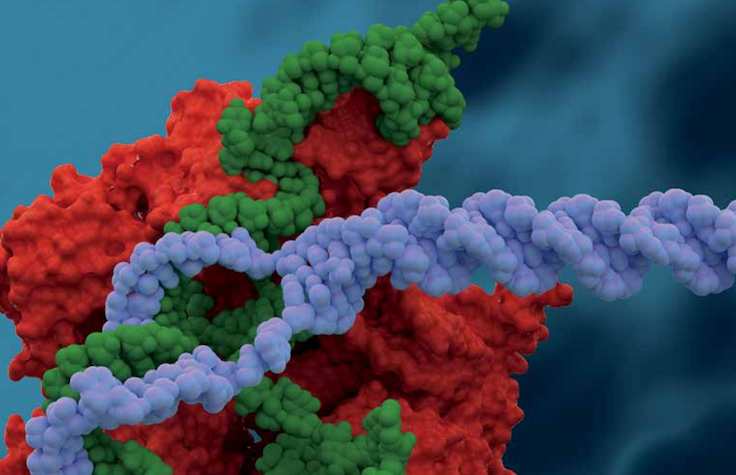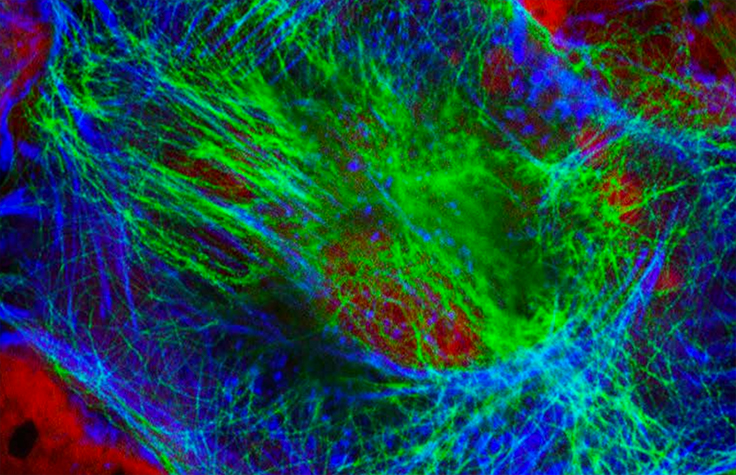Publication Reviews

Gene Editing Research Review
CRISPR-Cas9 is a recently developed genome editing technique that allows scientists to perform precise genomic manipulation quickly and conveniently. This technology has a vast spectrum of applications. As with any molecular biology technique, it is crucial that the obtained results have high levels of specificity. This review highlights recent publications that demonstrate the use of genomic technologies and high-throughput sequencing in CRISPR-Cas9 experiments for checking specificity and off-target effects across the genome.
Access PDF
Single-Cell Research Review
Most of the impetus for single-cell tissue sequencing has come from cancer research, where cell lineage and the detection of residual disease are of paramount concern. The same approaches are being used to improve our understanding of massively complex biological systems, such as neural development and immunology. This document highlights recent publications that demonstrate the use of Illumina technology for single-cell sequencing and low-input applications and techniques.
Access PDF
DNA Sequencing Methods Review
Since the advent of sequencing technology, scientists have continued inventing and refining techniques for assessing DNA activity. Specialized methods are now available for studying sequence rearrangements, DNA breaks, low-level DNA, methylation patterns, DNA–protein interactions, protein–protein interactions, and more. This collection of DNA sequencing methods contains pros and cons, schematic diagrams of each protocol, and related publications.
Access PDF
RNA Sequencing Methods Review
By far the most cited NGS method, RNA-Seq describes the abundance and sequence of RNA transcripts. Such detailed information about gene expression and regulation can elucidate changes occurring in disease states, in response to therapeutics, or under various environmental conditions. This collection contains protocol diagrams, advantages and disadvantages, and related publications for analyzing transcription, RNA–protein interactions, RNA modifications, RNA structure, and low-level RNA.
Access PDF
Genomic Solutions for Cell Biology and Complex Disease Research
Complex diseases are the result of multiple genetic and environmental factors. They are distinguished from Mendelian traits (or simple traits) as they do not follow a specific model of inheritance and usually occur more frequently in the population. Although some of these diseases are highly heritable, currently known genetic variants can explain only some of the estimated heritability. This review gives a general overview of how genomic technologies and NGS can aid in the study of complex diseases.
Access PDF
Agrigenomics Research Review
Given the changing environment, expanding population, and increasing demands for nutrition, the need to optimize agriculture is of fundamental importance. Harnessing genomic innovations in agriculture will enable more productive and sustainable practices to address these challenges. This review covers the applications of genomics in agriculture and gives an overview of recent innovations in agrigenomics that present breeders with powerful tools to advance agriculture.
Access PDF
Cancer and Immune System Research Review
Sequence information has already improved our knowledge of the cancer genome dramatically. It can also be used to understand interactions between tumor cells and the surrounding microenvironment. Expression analysis with RNA-Seq can help identify which pathways are activated in the tumor environment and involved in cancer cell proliferation, survival, invasion, metastasis, and immunosuppression. Targeting these pathways alongside immunotherapy may offer a promising treatment strategy.
Access PDF
Microbes and Metagenomics Research Review
Metagenomics, one of the fastest-growing scientific disciplines, is the study of DNA from microorganisms that cannot be cultured in the lab. Recent improvements to sequencing technology have generated nearly complete genome assemblies from individual microbes obtained directly from environmental or clinical research samples, without requiring special cultivation methods. This surge in metagenomics sequence information has inspired new appreciation for microbial populations and their impact on the environment and human health.
Access PDFGenomics Research Hub
Explore the latest genomics discoveries and data analysis innovations by Illumina scientists.
Learn More